
Mexican Mood Lighting
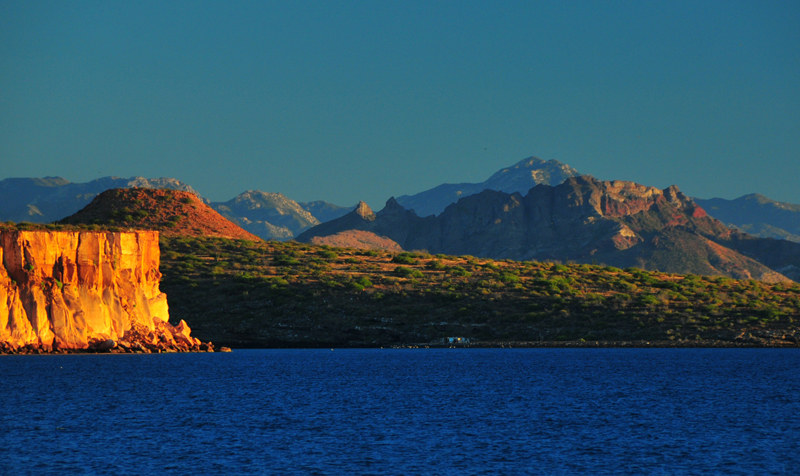
©2010 Latitude 38 Media, LLC
We once had the privilege of traveling with a bona fide National Geographic photographer. Naturally, we picked his brains about his techniques and favorite equipment, but the thing that impressed us most about the time spent with him was that he did most of his work shortly after sunrise and shortly before sunset. He claimed the light at those times is always wonderful for picture-taking, with dramatic highlights and shadows, and super-saturated colors.
Judging by these photos, Rod and Elisabeth Lambert of the Swan 41 Proximity must also know a thing or two about dramatic photography. Since completing the Baja Ha-Ha rally in November, they’ve been cruising the Sea of Cortez on an open-ended schedule. Lucky them. In addition to the scenery being beautiful, the climate is obviously sunny and warm — which is something we can’t say about their Sausalito homeport.
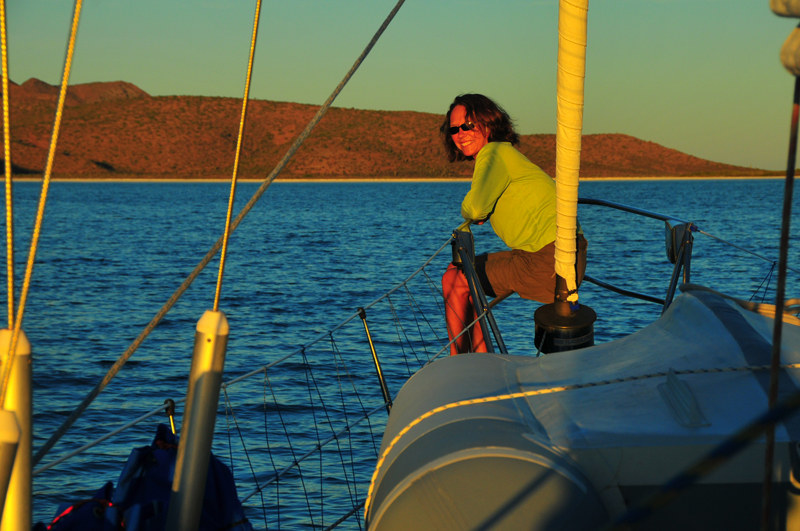
©2010 Latitude 38 Media, LLC
Sydney Hobart Goes to the Little Guys
The largest-ever collection of custom, 100-ft maxis were no match for three Australia-based, 40-ft production boats in the ’09 Rolex Sydney Hobart Yacht Race. Andy Saies’ Beneteau First 40 Two True beat out another First 40, Mike Welsh’s Wicked, and Ian Mason’s Sydney 38 Next, to win overall honors in the 100-boat fleet.
"The wind was in, the wind was out, we drifted, we went backwards, we lost internet access, we didn’t know what was going on until the last few minutes," Saies said. "It was a classic Rolex Sydney Hobart event and we were in it up to our back teeth, and it came our way in the end. We may be privileged enough to have a boat and a team that gets to this position as people have in the past. But in yacht racing to have everything going right in one event at the right time is probably a once-in-a-lifetime opportunity."
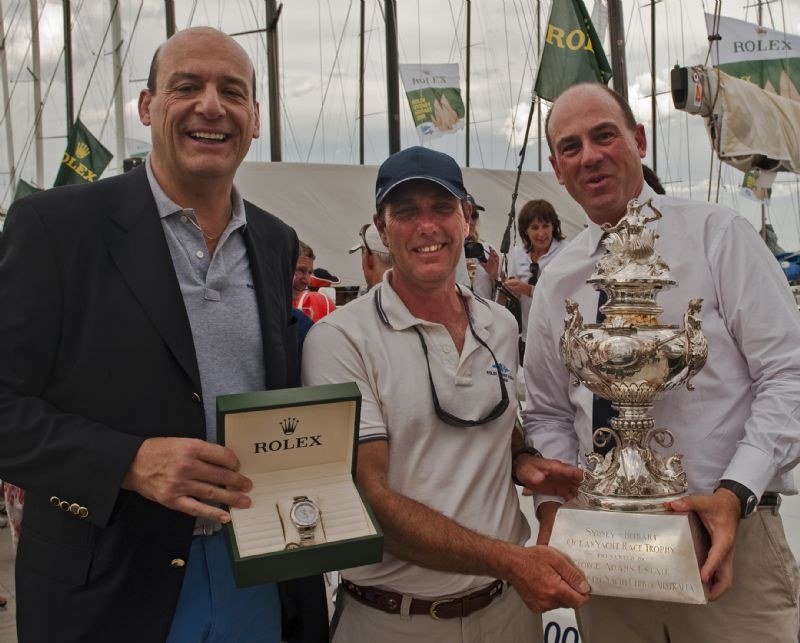
The variability Saies referred to — the fleet saw everything from 30-knot southwesterlies to near-calms — meant that the leaderboard was shuffled around many times. The top-performing big boat was Skype founder Nikolas Zennstrom’s Judel/Vrolijk 72 Ran, and the bevy of Maxis was led by TransPac monohull record-holder Neville Crichton’s Alfa Romeo — the first to reach Hobart after 628 miles of racing.
We’ll have a full recap in the February issue of Latitude 38.
Dehumidifier Recall
Fewer things on a boat are less sexy than a dehumidifier, but damp winters certainly justify their use. The small, passive marine air dryers sold at chandleries are just the thing to keep the mildew at bay in Southern California, but when winter presents itself in buckets of rain, a little more ‘oomph’ is needed. Popular among many sailors — and relatively inexpensive — are portable home dehumidifiers that can suck gallons of water out of the air. These units generally sell at home stores such as Home Depot and Wally World for about $150.
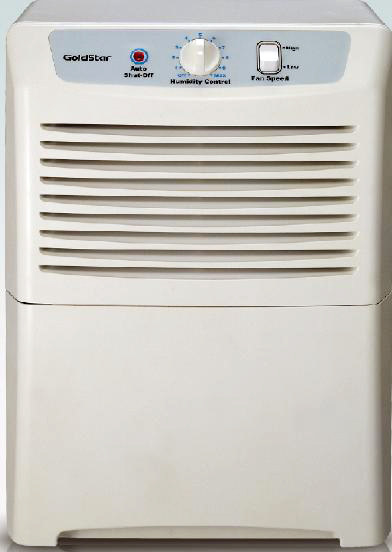
© Latitude 38 Media, LLC
Unfortunately, the U.S. Consumer Product Safety Commission has issued a recall of 98,000 dehumidifiers sold under the Goldstar and Comfort-Aire brands between January 2007 and June 2008. The model in question, manufactured by China’s LG Electronics Tianjin Appliance Co., has a 30-pint resevoir with a front-loading bucket, and a red shut-off button. This unit has been determined to be the cause of a number of fires — and we all know how boat fires usually turn out. To see if your dehumidifier is on the recall list, check this site.
To Fill or Not To Fill
We figure that every 30 years or so it’s important to visit another part of the world to see if we can learn from the way other people do things, particularly with regard to boats and the water. So the publisher is currently on a month-long research mission in Southeast Asia.
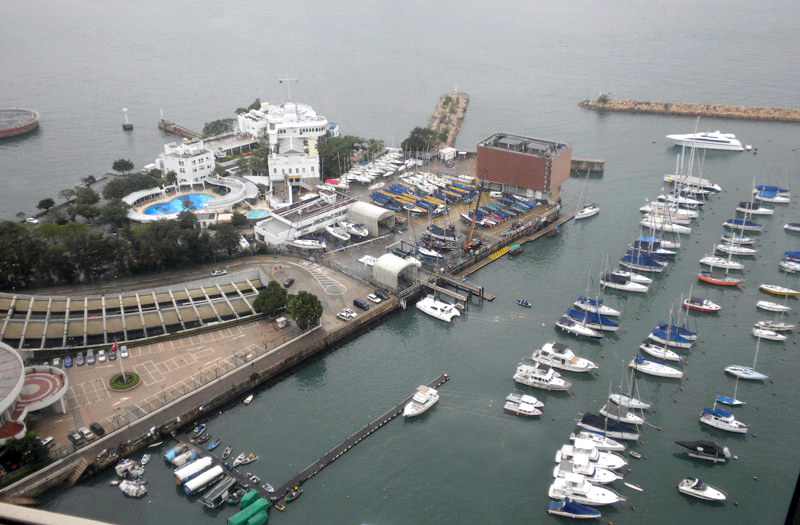
©2010 Latitude 38 Media, LLC
In order to get to Southeast Asia, we had to stop at Hong Kong, where former residents Pete and Susan Wolcott of the Southern California-based M&M 52 cat Kiapa urged us to visit the Royal Hong Kong YC. Occupying a prime spot of the Hong Kong waterfront, we expected the RHKYC to have lots of big yachts. After all, Hong Kong is home to some very wealthy people. Furthermore, the only two RHKYC members we’ve ever heard of have very big boats. The first is Frank Pong, who won the St. Barth Around-the-Island Race a few years ago with his R/P 77 Jelik, and who last year bought the late Roy Disney’s R/P 94 Pyewacket. The other is Robert Miller, who raced his 140-ft modern schooner Mari-Cha IV in the Pacific Cup a few races back.
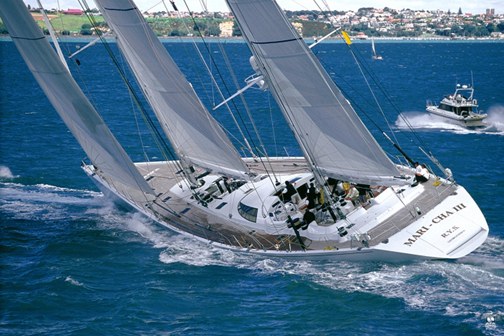
©2010 Latitude 38 Media, LLC
As it turned out, the RHKYC didn’t have as many or as big boats in residence as we’d expected. The fleet was sort of like that of the Richmond YC, with a lot of small trailer boats. But the yacht club itself is grand in an old-style way, as is befitting a club that was started by a bunch of Brits in the late 1800s. The club has several places to eat on its spacious grounds, meeting rooms, a couple of swimming pools, a boatyard and a chandlery. It’s also the only yacht club we know with a four-lane bowling alley. When Peter Wolcott wrote of the many grand times he enjoyed at the club, we can imagine he was referring to afternoons or evenings racing in Victoria Harbor off the club, then coming back to the clubhouse for a drink and a meal with friends in a splendid setting against the background of the spectacular Hong Kong waterfront. And what an oasis it would be in that teeming city.
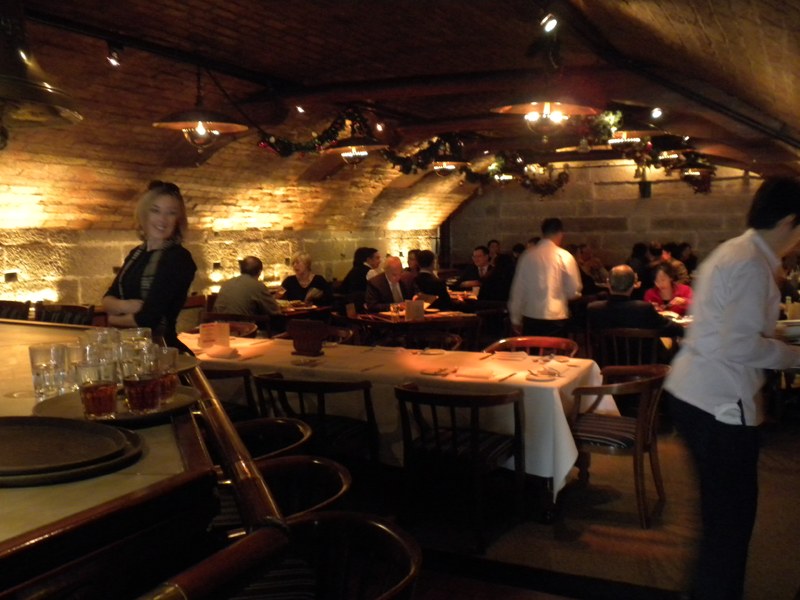
© Latitude 38 Media, LLC
One of the more interesting things about the Royal Hong Kong YC is that, when it was founded, it was on Kellett Island, about a quarter mile off the shore of Hong Kong — and just a little further from the world famous Hong Kong Jockey Club. As time passed and Hong Kong prospered, the part of Victoria Harbor between the two was "reclaimed." The reclamation process really got going when a causeway to the club was built in the 1950s so that an underwater tunnel could connect Hong Kong with Kowloon. With that, the club and Kellett Island became part of Hong Kong proper.
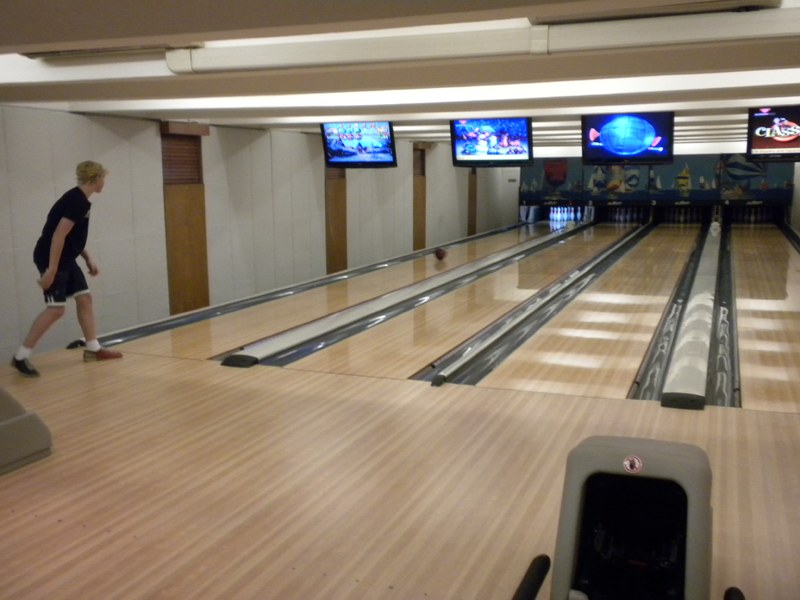
©2010 Latitude 38 Media, LLC
Filling in bodies of water to increase land is, of course, nothing new. Much of what is now San Francisco’s waterfront is bayfill, Treasure Island is man-made, and so is California City, the seldom used name for Paradise Cay. The difference between San Francisco Bay and Hong Kong is that about 40 years ago the Bay Conservation and Development Commission (BCDC) was created and given the power to stop anyone from so much as putting a shovel of dirt into the Bay. In Hong Kong, on the other hand, development interests still have the upper hand, and massive harbor fill continues.
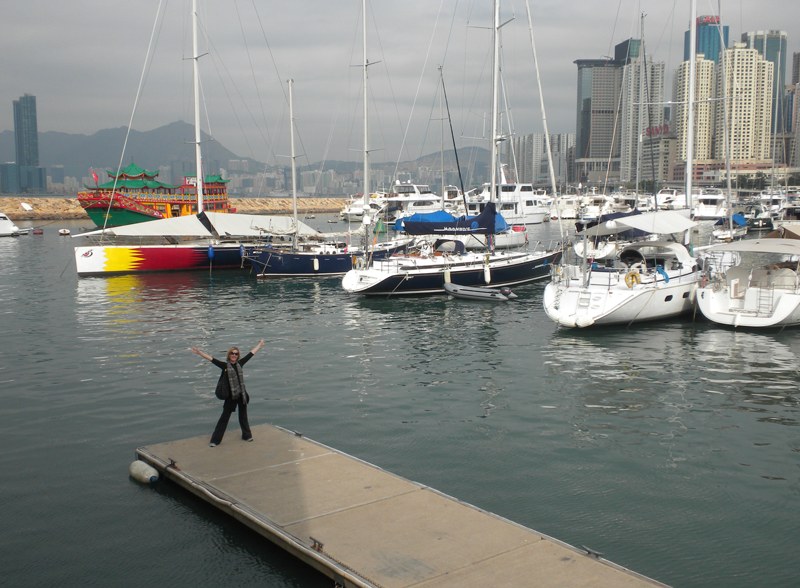
©2010 Latitude 38 Media, LLC
People might argue about which is better, to have more or less development. We’re going to side with the latter. For while Hong Kong’s 7,758 high rise buildings — 228 of them over 500 feet tall — are certainly impressive, and perhaps appropriate for such a densely populated area, we think they’d be a little much for San Francisco.
